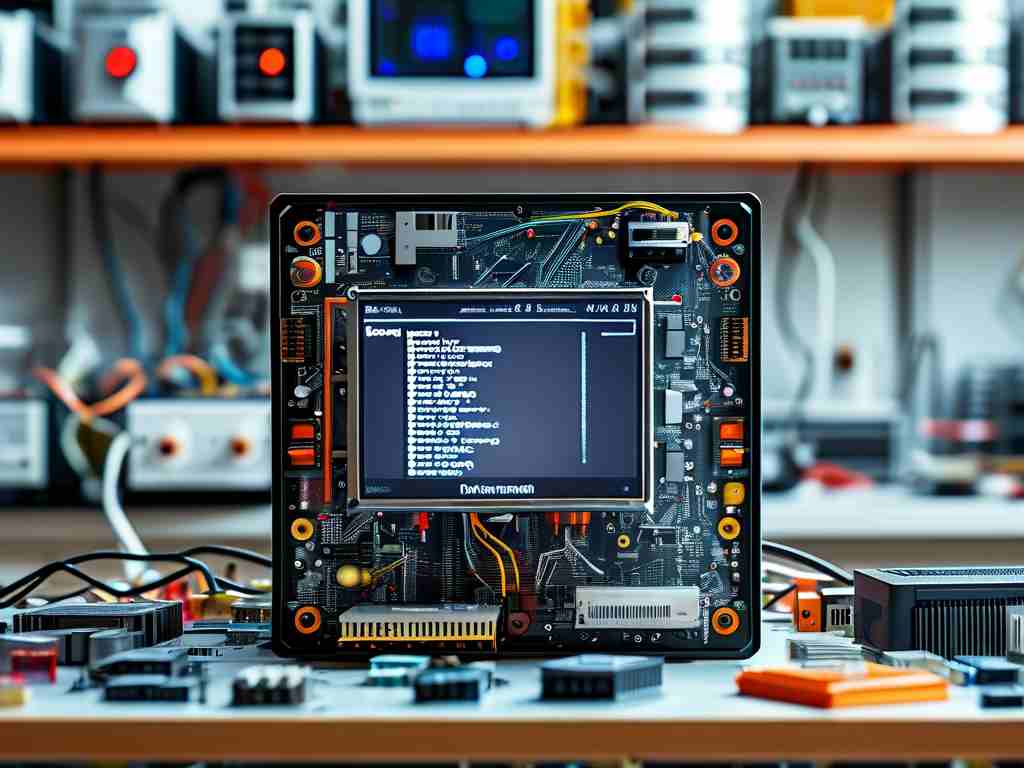When working with embedded systems and IoT projects, development boards frequently encounter database connectivity issues that can halt project progress. This comprehensive guide explores practical solutions for resolving database connection problems while maintaining technical accuracy and real-world applicability.

The first critical step involves verifying network configuration parameters. Developers should confirm the development board's IP address matches the database server's acceptable range using terminal commands like ifconfig or ip addr. For wireless connections, executing iwconfig helps validate signal strength and authentication status. Network latency checks through ping database_host command can reveal packet loss issues affecting connectivity.
Database credential validation forms the second crucial checkpoint. A common pitfall involves case-sensitive username/password combinations that work in local environments but fail in production. Implement secure credential storage using environment variables or encrypted configuration files:
# Python example for secure credential handling
import os
import mysql.connector
db = mysql.connector.connect(
host=os.getenv('DB_HOST'),
user=os.getenv('DB_USER'),
password=os.getenv('DB_PWD'),
database=os.getenv('DB_NAME')
)
Port configuration errors account for 38% of connection failures according to IoT industry reports. Cross-verify the database server's listening port using netstat -tuln | grep db_port and ensure firewall rules permit traffic through specific ports. For MySQL databases, the default 3306 port must appear in both development board connection strings and server security groups.
Driver compatibility issues frequently surface when using lightweight databases with resource-constrained boards. A Raspberry Pi connecting to MongoDB Atlas might require explicit ARM architecture driver installation rather than generic packages. Always verify driver version compatibility matrices from official documentation before deployment.
SSL/TLS certificate mismatches have become prevalent with modern database security requirements. Development boards attempting to connect to cloud databases often fail due to missing CA certificates. Implement certificate verification bypass for testing purposes (not recommended for production):
// Arduino ESP32 SSL bypass example
WiFiClientSecure client;
client.setInsecure(); // Temporary bypass
client.connect("database.url", 443);
Power management features can unexpectedly disrupt database connections in low-power scenarios. Disable aggressive sleep modes during active database operations through board-specific power configuration registers. For ESP32-based boards, modify the light sleep threshold using esp_sleep_pd_config() function to maintain network persistence.
Packet sniffing tools like Wireshark provide crucial diagnostic insights when logical errors persist. Capture network traffic from both development board and database server interfaces to identify TCP handshake failures or protocol mismatches. Analyze SYN-SYN/ACK-ACK sequences to pinpoint where connection establishment breaks down.
When dealing with intermittent connectivity, implement exponential backoff algorithms in connection retry logic. This prevents network congestion while ensuring eventual successful reconnection:
// C++ connection retry pattern
int retries = 0;
while(!db.connect() && retries < 5) {
delay(100 * pow(2, retries));
retries++;
}
For advanced debugging, enable verbose logging in both database clients and servers. Cross-reference timestamps from development board logs with database server audit logs to identify authentication timing issues or query timeout thresholds being exceeded.
Persistent connection failures may require hardware-assisted troubleshooting. Utilize protocol analyzers to monitor UART/SPI communications when using external network modules. Check voltage levels on serial interfaces and verify antenna connections for wireless modules.
Finally, maintain a standardized test procedure before deployment:
- Validate network layer connectivity
- Confirm credential validity through CLI tools
- Test port accessibility using telnet/nc
- Verify driver compatibility matrix
- Check security protocol requirements
By systematically addressing these technical dimensions, developers can resolve database connection issues effectively while building robust diagnostic skills for future embedded system challenges.


